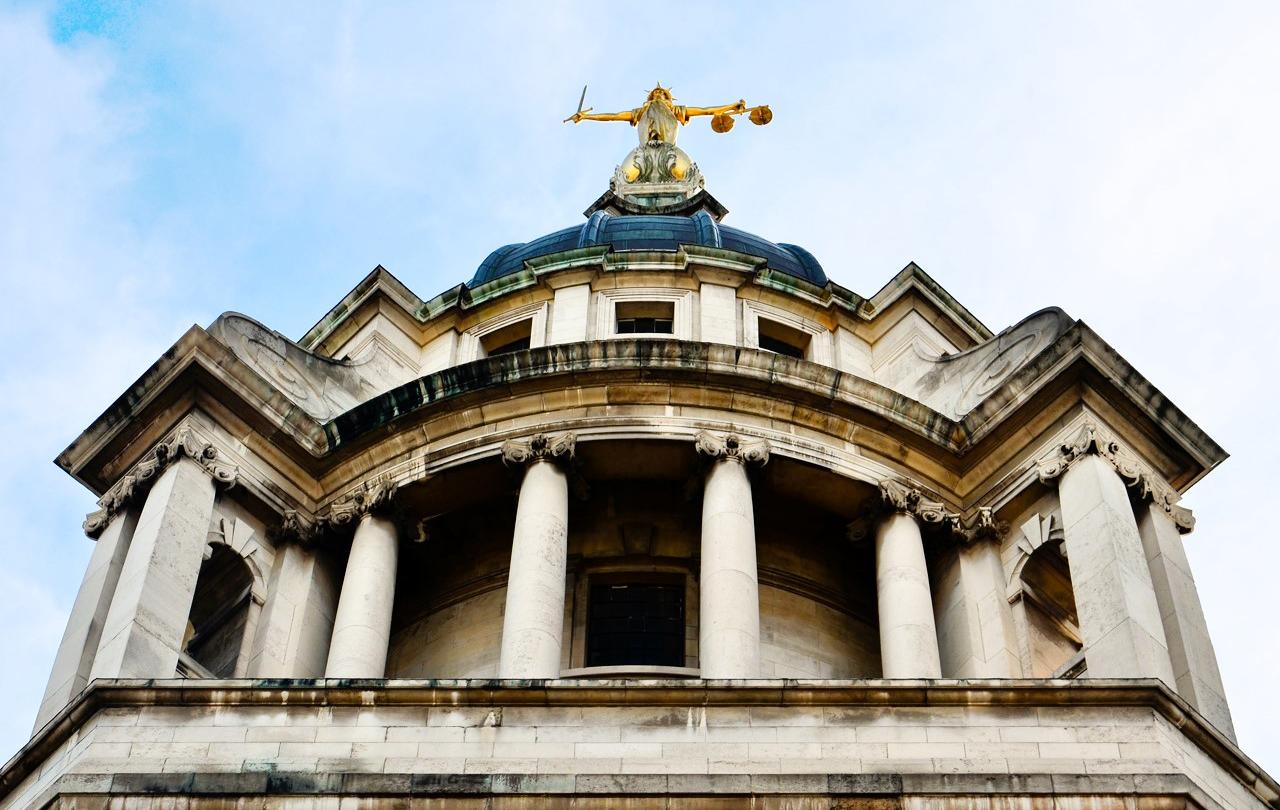
'Bridled' isn't the first word that comes to mind about Lady Gaga. She has never struck me as being someone restrained and confined. But in a wide-ranging interview in the New York Times, she recently spoke about how the music industry 'bridles' women in music: "they talk to you a lot about your look and what the aesthetic is for the album and the “brand” of music. That started to affect how I made music.”
Whether it's others' beliefs that her more adventurous personas were the real her, or that the 'normcore' (as she puts it) of acting in A Star is Born was a sellout, she is keen to own for herself the definition of authenticity. And, two decades on, she is determined finally to match her relentless authenticity with authority. In interviews with both the New York Times and the Times of London, she has described herself as 'the boss’.
Emerging from several significant personal battles, not least the price of fame itself, Gaga is well-placed to be an authority on authority and authenticity. The jazz musician Miles David said, “Man, sometimes it takes you a long time to sound like yourself.” By returning to her pop roots in her new album Mayhem, she is eschewing the fear of what others might think. Gaga reflects that however romanticised the tortured creative can be, it is unhealthy, and she didn't enjoy this past self when making music, contrasted with the joy of making music from a more contented place now.
When fame is so caught up with artistry (her first album in 2008 was The Fame, reissued a year later as The Fame Monster), she is communicating a sense of peace at where she has arrived in her career. Brittany Spanos reviewed her new album in Rolling Stone by saying “Gaga feels like her most authentic self from start to finish on this album: There’s no characters, concepts, or aesthetic impulses overshadowing the songs,”. This chimes with what Gaga said in her interview in the New York Times about how her work had previously taken over her: “I was falling so deeply into the fantasy of my artwork and my stage persona that I lost touch. I changed my name and refused to live outside my art, but gravity brought me home.” She may be iconic but she is not her own iconoclast: she is comfortable with myriad expressions without being defined by them.
For someone bothered about authenticity, it was an authentic friendship that inspired her to have hope to emerge more fully from her battles.
Now, the 'Perfect Celebrity' as one of the tracks on her album is called, she invites us to think about our relationship with those in fame, but also the battle for authenticity as one who is famous: “The way that we feel about celebrities, whether good or bad, is just part of the entertainment now. So you need to acknowledge that and then also acknowledge that there are now two selves. The real you, in private, and the one you project to the world. And this is something a lot of people face nowadays — which part of myself should I value more?” Gaga recognises the necessity of the platform and image for her work, but “It feels further away from who I am.”
This disconnect between the authentic self and the one portrayed is one we all face - Gaga says: “There is just more of a stage for everybody now. Everyone has the opportunity to have fame." Is it possible for people growing up today to discover who they are, when a version of fame is enmeshed with themselves?
For Lady Gaga, Jonathan Dean writes that being able to experience 'realness' saved her life. “I mean my fiancé, his mother, my family. Friendships — the real ones. Going to the store, making dinner. That is what made my whole life more rich.” She pauses. “I wouldn’t say fame made my life more full.”’
In particular, she credits her now-fiancé with her general wellbeing. If you listen to The Interview podcast from the New York Times, the moment she breaks down in tears is when she is asked how she knew that Michael was genuine. She said it was because he wanted to be her friend. For someone bothered about authenticity, it was an authentic friendship that inspired her to have hope to emerge more fully from her battles.
Being saved by fullness of life through friendship is something that Jesus spoke about. He chimes with Gaga's reflections on an industry that sought to take so much from her, when he says: "The thief comes only to steal and kill and destroy; I have come that they may have life, and have it to the full.”
Lady Gaga's experience will be more extreme than most of us will endure, but we all have those places where things are taken from us and given to us, destructive and creative. It is noteworthy that her sense of own human flourishing, and being her 'authentic' self has come through relationship. And that's surely something to sing about.
Celebrate our Second Birthday!
Since March 2023, our readers have enjoyed over 1,000 articles. All for free. This is made possible through the generosity of our amazing community of supporters.
If you’re enjoying Seen & Unseen, would you consider making a gift towards our work?
Do so by joining Behind The Seen. Alongside other benefits, you’ll receive an extra fortnightly email from me sharing my reading and reflections on the ideas that are shaping our times.
Graham Tomlin
Editor-in-Chief





